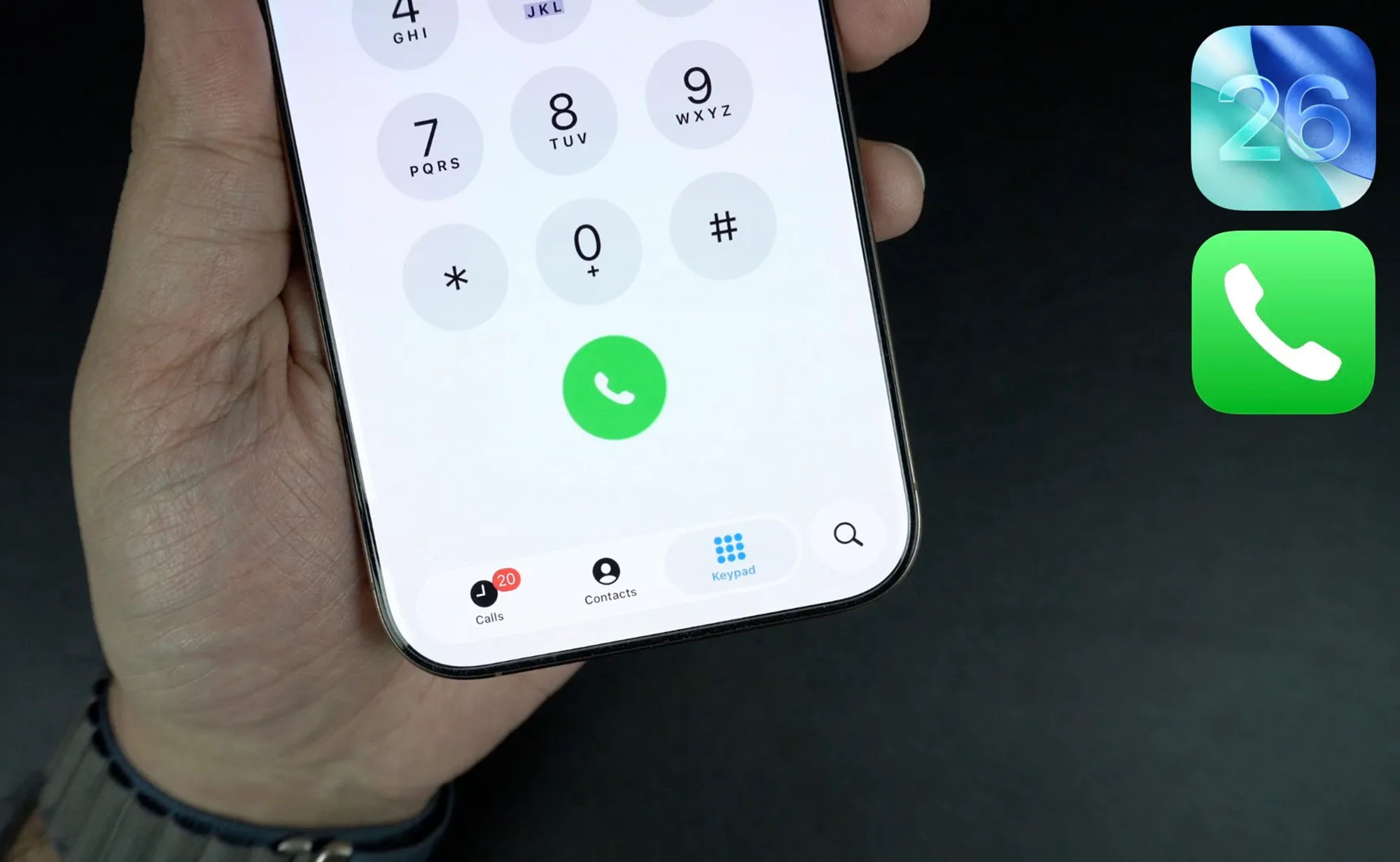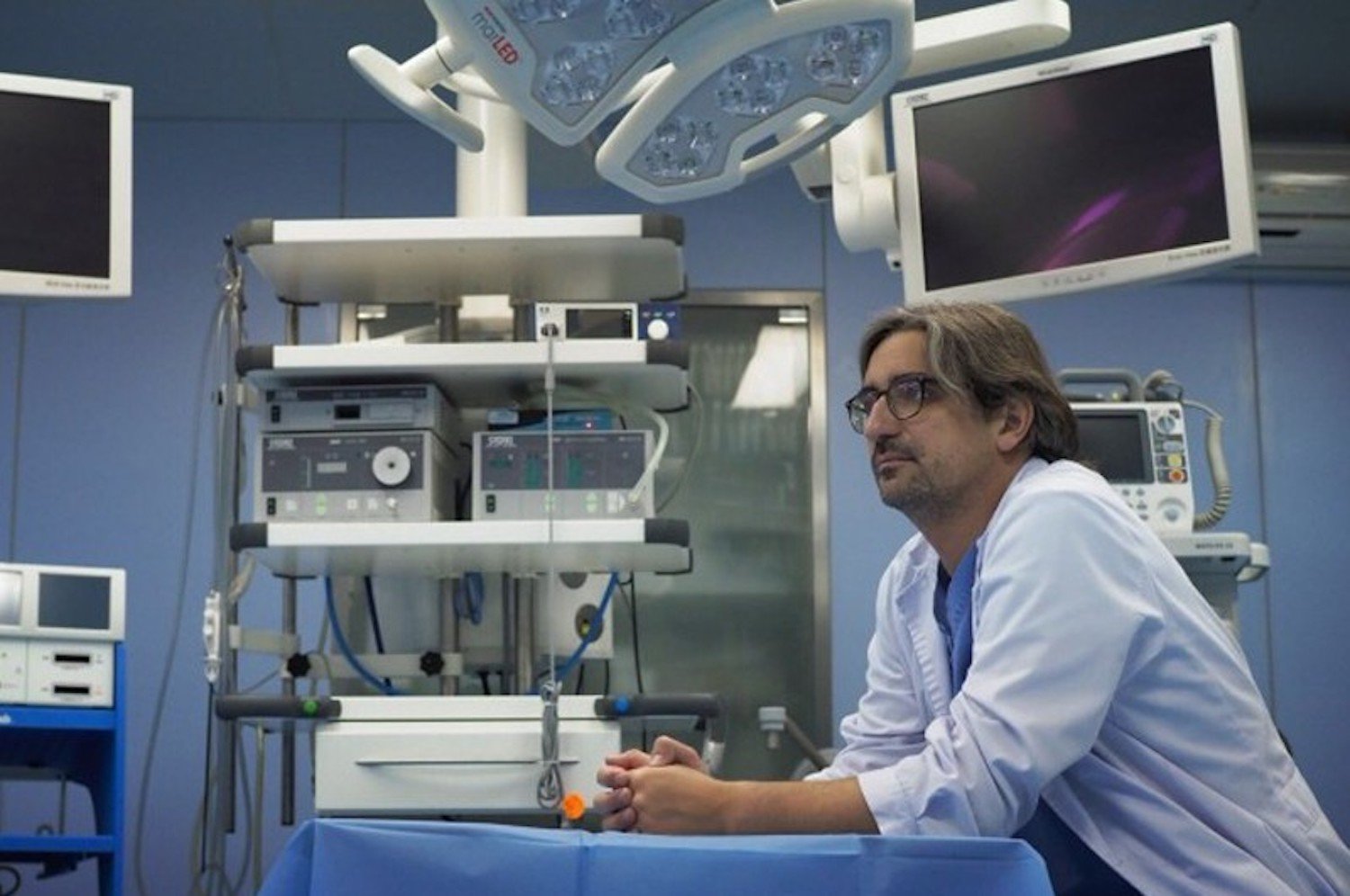Attacks with nuclear bombs seem like something far away. We tend to think that mankind has learned the lessons from what happened in Hiroshima and Nagasaki and that this will never happen again. However, from the beginning Ukrainian war, the fear of a nuclear attack is back. In fact, as with the Chernobyl nuclear disaster, after Putin threatened to pull out his nuclear weapons, drugstore sales of iodine pills around the world skyrocketed. But this is not an effective remedy. In fact, today there are no drugs adequate enough to prevent and treat consequences of a nuclear disaster. At least it doesn’t exist yet, as the US Drug Administration (FDA) has just given the green light to clinical trials of this type of drug.
Near HOPO 14-1medicine that works like chelating. That is, it is possible to join heavy metals and convert them into other substances that can be eliminated in the urine. Therefore, it would not be useful only in the face of a nuclear attack or catastrophe. It would also be effective in addressing the effects of heavy metal pollution from other sources such as some toxic spills.
In any case, you’ll have to wait clinical trials, since at the moment he does not have permission to use it, even in emergency cases. If the human tests go well, this could be the next treatment of choice, but we’ll have to wait to find out.
Why are other heavy metal drugs useless?
There are currently several drugs approved for the treatment of heavy metal poisoning or nuclear disasters. Most of them are chelators, such as EDTA or DTPA. However, as HOGO explained in a statement, this presents a problem. And the fact is that they are effective, but they also eliminate some of the metal ions necessary for the body, such as iron, zinc or calcium. Instead, its preparation is in a special form capable of removing heavy metals such as lead or radioactive elements such as uranium without pulling out ions.
On the other hand, in the face of nuclear disasters, iodine tablets are often used. In fact, after the Chernobyl explosion, this type of medicine was distributed among the affected population. It’s because iodine-131, which was released after the accident, replaces stable iodine in the thyroid gland, affecting surrounding tissues and possibly causing cancer. If the victims were taking iodine tablets, this could accumulate in the thyroid gland leaving no room for the penetration of radioactive substances.
It is still being done today, but its use is limited to only preventing exposure to radioactive iodine and not to other elements. The same goes for him Prussian blue, which prevents the accumulation of cesium and thallium. In contrast, HOGO 14-1 protects against a much wider range of heavy metals and radioactive elements.

Benefits before and after exposure to a nuclear holocaust
Another advantage of this drug is that it is only as effective as prevention How after contact. For example, rescuers after a nuclear disaster may take it as a preventive measure. But it can also spread to affected populations.
In addition, in the first experiments, it was noticed that it seems to be effective due to its oral administrationwhich is best after a nuclear disaster or any other similar accident. It can be quickly distributed to affected people so that they can take it on their own without the need for specialized health care intervention.
What will the clinical trial look like?
In clinical trials to be held in the United States, will take part 42 people, which in this first step will be limited to testing different doses to determine which is the most appropriate. After, in 2024results will be reported.
Without a doubt, such a drug would be very useful for both the survivors of Hiroshima and Chernobyl. Even for Beethoven himself, who is suspected of death from lead poisoning. There are many uses, not just a nuclear attack or disaster, but it’s inevitable to think of it as a possible reason to speed up the process. Hopefully there is no need to use it in one of those cases.
Source: Hiper Textual













